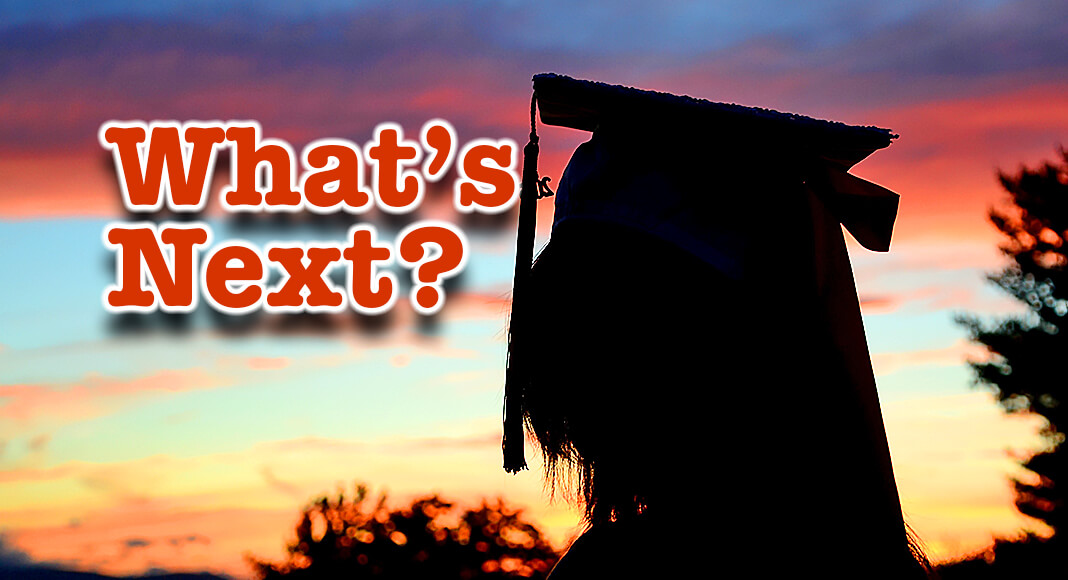
Texas Border Business
As with every other aspect of life, the COVID-19 pandemic has affected the decision process of high school graduates as they weigh work-or-school choices. May 2020 was the worst of the downturn, with millions of jobs disappearing overnight. Simultaneously, most colleges had shifted at least partially to online classes. Family financial strains due to COVID-19 disruptions were also prevalent. It was something of a perfect storm.
During the fall of 2020, almost 63% of 2020 high school graduates ages 16 to 24 were enrolled in colleges or universities, down from 66% the prior year according to data maintained by the US Bureau of Labor Statistics (2021 statistics are not yet available). A drop of this magnitude in a single year is unprecedented.
Rates of college attendance vary by gender and race/ethnicity. For high school graduates ages 16 to 24, the college enrollment rate for young women was over 66% compared to 59% for young men. The college enrollment rate of Asians was highest at 83%, with Whites at about 63%, Blacks at 57%, and Hispanics at 56%.
Education opens doors to better paying positions as well as a lower probability of being jobless. As of December 2021, the overall US unemployment rate for those over 16 was 3.9%, with 3.3% for those 25 and older. Higher levels of educational attainment were linked to lower incidence of joblessness, with unemployment of 5.2% among persons over 25 without a high school diploma, compared to 4.6% for high school graduates, 3.6% for those with some college or an associate degree, and 2.1% for people with at least a bachelor’s degree.
The fact that COVID-19 caused a notable decline in attendance is going to impact both potential students and the workforce for quite a while. Some of them doubtless matriculated a year later and enrolled last fall, but it is unlikely that all ground was regained (particularly given attendance data).
During economic downturns, there is typically an increased incentive to enroll in higher education or stay in school due to less competition from the job market (and hence lower opportunity costs). With the pandemic, however, the opposite occurred. Moreover, recent patterns indicate fairly strong growth in wages for young people, including those with just a high school education. Inflation has eroded much of these gains, but nonetheless labor shortages (some of which are long term) are increasing both the numbers of jobs available and the amounts they pay.
Even so, the long-term underlying correlation between additional education and higher lifetime earnings and lower likelihood of unemployment across decades remains alive and well. Let’s hope for all of our sakes that this phenomenon abates along with COVID-19 in the near future. Stay safe!
____________________________________________________________
Dr. M. Ray Perryman is President and Chief Executive Officer of The Perryman Group (www.perrymangroup.com), which has served the needs of over 2,500 clients over the past four decades.














